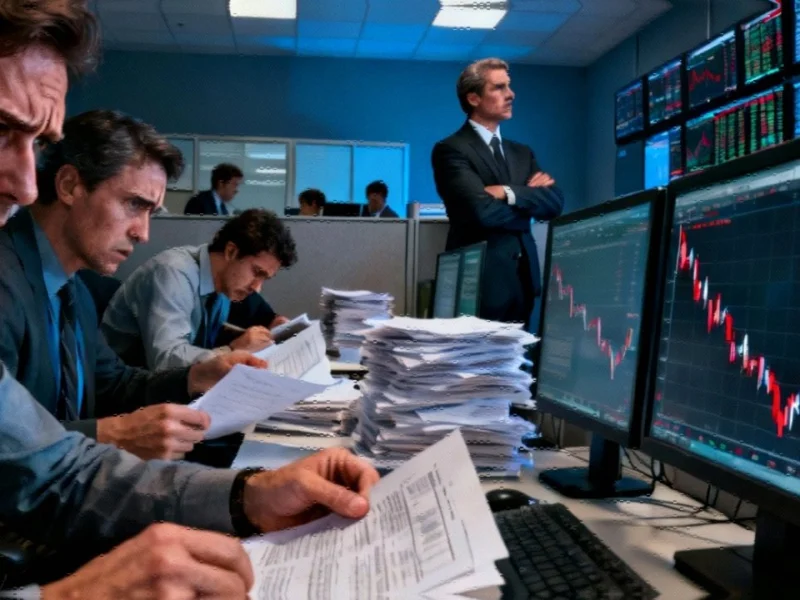EU Proposes Unprecedented Ukraine Funding Mechanism
European Union leaders are reportedly debating a groundbreaking financial package for Ukraine that would provide approximately €140 billion in loans, according to sources familiar with the discussions. The proposal, which could be finalized this week, would link repayment directly to future war reparations from Russia, creating a novel approach to funding Ukraine’s defense and reconstruction efforts.
Analysts suggest the plan represents a significant shift in how Western nations are approaching financial support for Ukraine. “This isn’t simply another aid package,” one European diplomat stated anonymously. “It’s attempting to create a financial mechanism that directly connects Russian accountability with Ukraine’s immediate needs.”
Complex Financial Structure Raises Questions
The proposed arrangement would reportedly require Euroclear, the Belgian securities depository holding most of Russia’s frozen assets, to lend cash that has accumulated as sanctioned Russian investments mature. In exchange, the European Union would provide what amounts to an IOU backed by member states and future EU budgets.
According to the analysis, the plan contains significant contradictions. Despite being presented as making Moscow pay for its invasion, the proposal explicitly preserves Russia’s legal claims to its frozen assets. Instead, the financial burden would fall primarily on European institutions and potentially taxpayers if Russia never pays reparations.
Political Motivations Behind Financial Engineering
Sources indicate there appears to be little financial justification for the complex structure beyond accounting considerations. The political motivation, however, is clearer: EU leaders, particularly German Chancellor Friedrich Merz, want to demonstrate Europe’s long-term commitment to Ukraine while navigating legal constraints around directly seizing Russian assets.
Recent reports from Brussels suggest the plan has gained momentum despite technical and political hurdles. The proposal has evolved significantly since initial discussions about frozen Russian assets began, reflecting the complex interplay between legal constraints and political necessities.
Broader Implications for European Security
The report states that the €140 billion figure, while substantial, represents less than two years of support at current spending levels, according to estimates from the Kiel Institute. This creates what analysts describe as a “financial clock” alongside the military timeline in Ukraine.
Industry observers note that the EU’s approach to financial infrastructure in this case could establish precedents for future conflicts. The delicate balance between demonstrating resolve and maintaining legal integrity reflects broader regulatory considerations facing European policymakers.
Alternative Approaches Considered
Some experts have proposed alternative methods that wouldn’t involve EU taxpayers directly. One suggestion involves using prudential bank regulation to separate Euroclear’s Russia-related assets and liabilities into a “bad bank” that could be purchased by a coalition of willing governments.
As global powers navigate these complex technological and diplomatic challenges, the EU’s decision could influence how nations approach asset freezes in future conflicts. The situation reflects the evolving nature of international security frameworks in an increasingly interconnected world.
Long-term Strategic Consequences
If implemented, the plan could subtly alter the politics surrounding frozen Russian assets. European public finances would become directly tied to whether Russia eventually pays reparations and when sanctions might be lifted.
According to diplomatic sources, this financial linkage might strengthen European resolve in countries where influential voices have privately questioned whether reparations would be part of any final settlement with Russia. By raising the direct financial cost of compromise, Europe may be positioning itself for more substantial negotiations about Ukraine’s future and Russia’s responsibilities.
This article aggregates information from publicly available sources. All trademarks and copyrights belong to their respective owners.
Note: Featured image is for illustrative purposes only and does not represent any specific product, service, or entity mentioned in this article.



